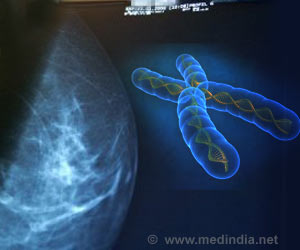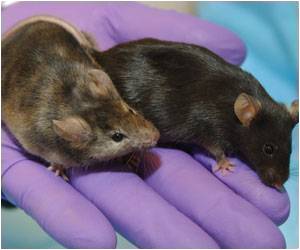If one could do this with all the circuit components, then this would allow people to learn how the circuitry is built.

These kinase circuits are critical for cellular activities, such as metabolism, signaling, protein regulation, movement, enzyme secretion, and many others. All kinases have nuanced differences but all of them share one little part that researchers call a domain.
Hahn's team, led in the lab by postdoctoral fellow Andrei Karginov, PhD, studied the sarcoma kinase (Src) and figured out a way to use that part to attach an artificial protein to render Src inactive. That artificial protein had a binding site. When Karginov added a drug analog to the solution in which the cell lived, the drug analog bound to that site, causing the kinase to reactivate. Karginov could activate the kinase to see how the circuits lit up – how the cell responded at any given time during the cell's transition from a stationary cell to a moving, metastatic cell.
They could see the reaction in real time, so they knew that what they did caused the cell to react. Other methods struggle with this. Genetically manipulating a cell, for instance, takes too much time, Hahn said. Before you can see the results of the experiment, other proteins compensate for the kinase that was shut down.
Hahn's technique got around that problem, which allowed his lab to take their work one step further.
Karginov developed a two-component system. In this new system, adding the drug caused the activated kinase to interact only with molecules that contain a second engineered protein. Not only could Karginov turn on the kinase at an exact time; he could now tell the kinase exactly which circuit component to interact with.
Advertisement
"What this paper really does is show how all of this can be done to any kinase you want," Hahn said. "Our lab is interested in metastasis. But our hope is that our tool goes well beyond our narrow field of study. You just have to ask yourself, 'how important are kinases to disease?' And the answer is they're very important; they are everywhere."
Advertisement









